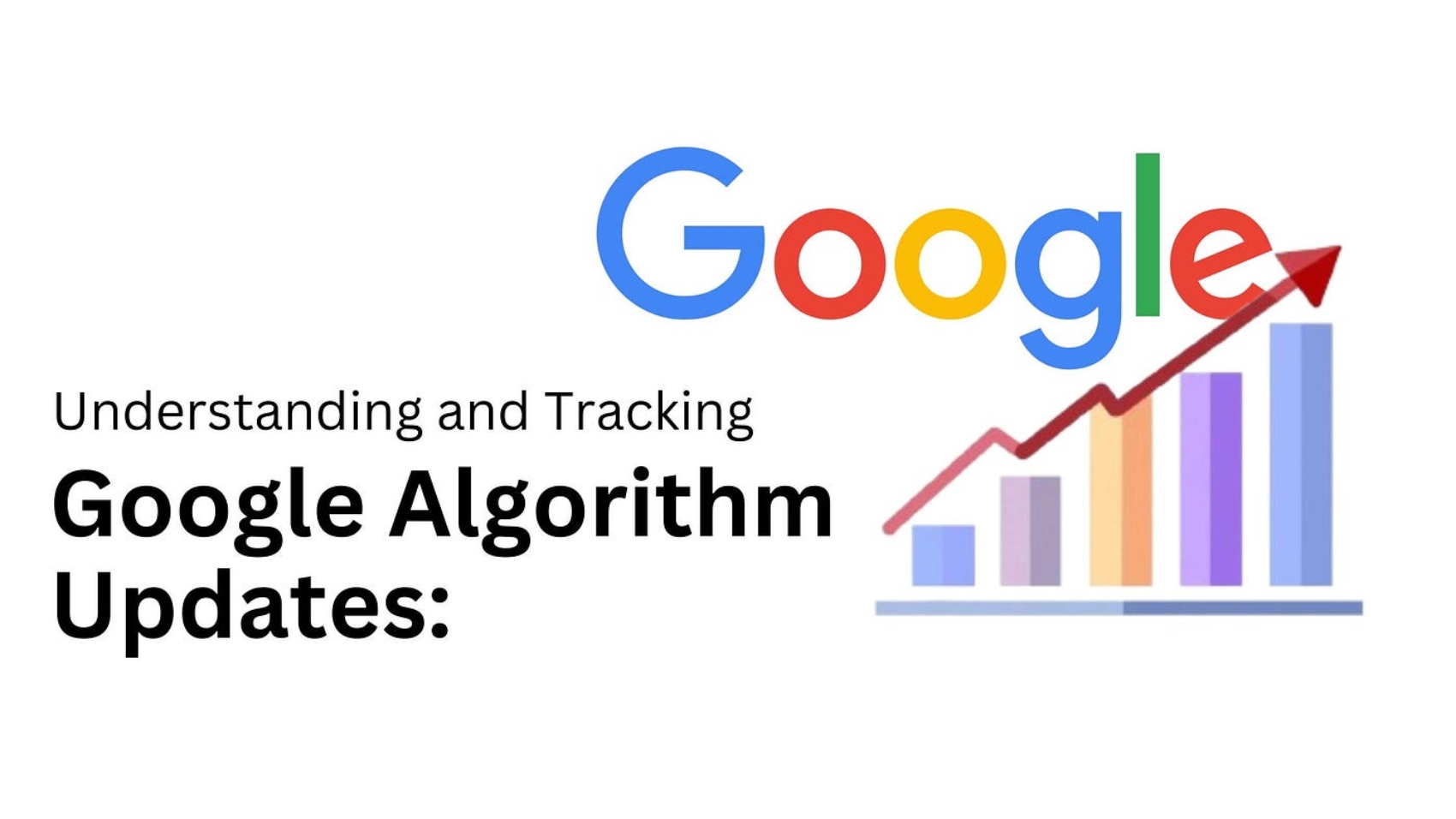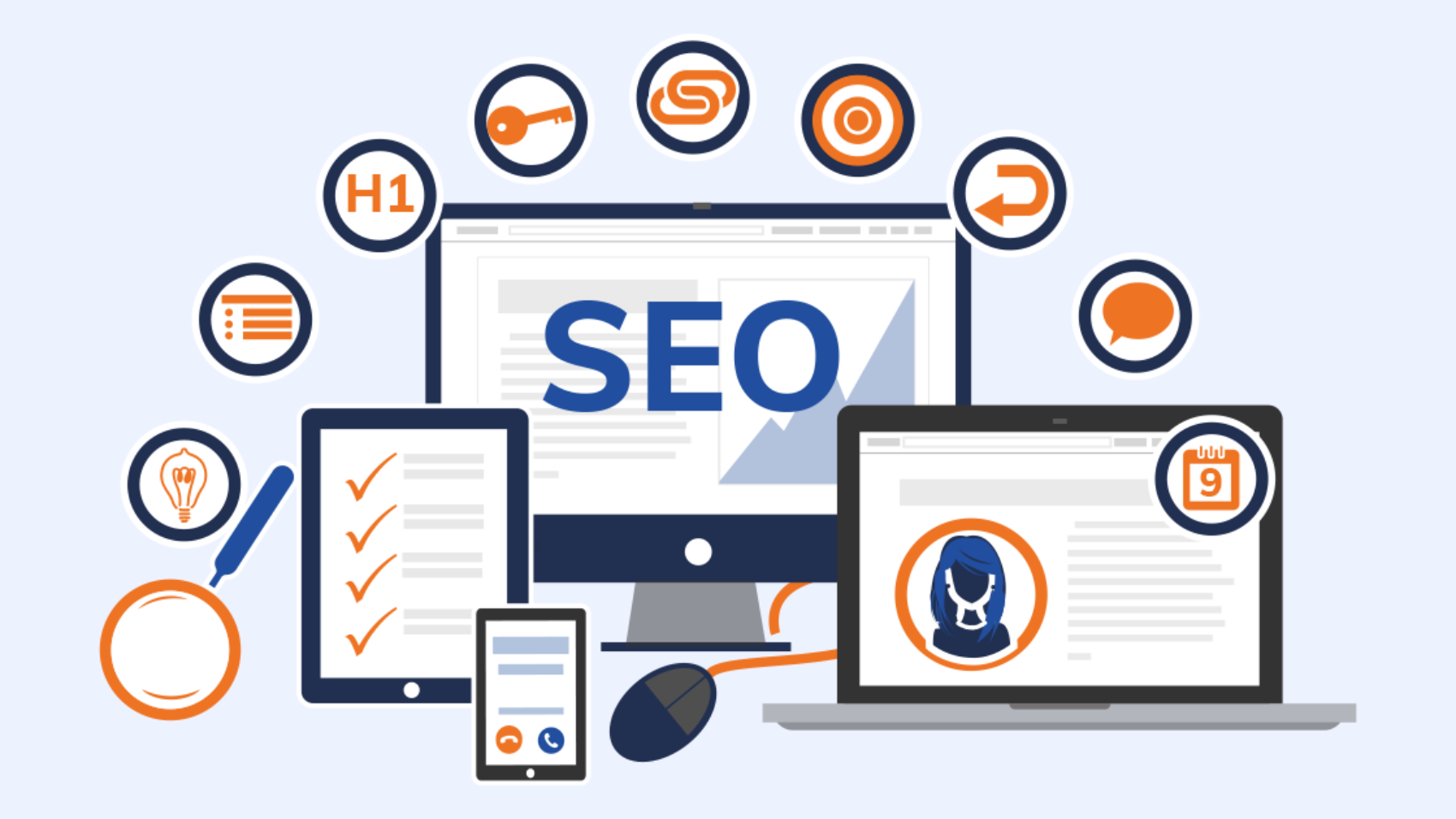A business should always market itself and its products at a place where its potential customers exist in the masses. In today’s world, that place is social media. It is the ultimate outlet for a new as well as a well-established brand to reach its target market.
A business that has not adopted social media marketing is missing out on a golden opportunity to make money, but most importantly, to create a buzz that can turn a newly launched venture into a widely popular brand.
Let go of all the conventional marketing methods and accept the reality of the 21st century. Don’t know how? Continue reading…
Social media marketing is a digital marketing strategy that utilizes mainstream social media platforms to market businesses, products, and services. Interacting with your followers in the Facebook comments, posting product tutorials on Youtube, launching a new item via Instagram, running video ads, and indulging in paid marketing by hiring an influencer to promote your products all of it come under the umbrella of social media marketing.
Does it sound easy? Well, it’s not. It is a marketing technique that requires marketers to develop effective social media marketing strategies, keep up with the latest trends, monitor analytics, and set measurable goals to determine the success factor of every campaign.
Benefits of Social Media Marketing
Imagine introducing your business to billions of users online. That’s what social media marketing does. Exponential exposure is the most common benefit of indulging in such marketing strategies between marketers across the globe. Let’s look at more advantages;
- It humanizes your business by turning it into an approachable entity that your target audience finds trustworthy and familiar. Connecting with your prospects through posts, comments, live streams, video ads, instant messaging, etc., inspires loyalty, which ultimately drives sales and profits.
- Even with conventional marketing methods, boosting brand awareness is one of the primary goals. Social media marketing allows you to create and maintain a notable identity across various online platforms, keeping your business in front of the eyes of your target audience.
- Nowadays, businesses operate by interconnecting every online channel to maximize traffic. For example, putting website links in Instagram and Facebook bios, inserting blog links in posts and comments, using CTAs to make users click on eCommerce store links, etc. Increased traffic means more chances to make visitors a part of your existing clientele.
- There are some social media marketing tactics guaranteed to help you drive sales and website traffic. For instance, paid marketing or influencer marketing. It involves hiring a third-party social media personality with thousands or millions of followers to promote your brand and products. Just one positive word about your business from the mouth of an influencer can change the whole trajectory of your venture.
Today, a successful business is one that people can trust. Staying active on social media platforms helps a brand build a relationship with its potential customers in a very cost-effective and transparent manner. Even if a single user buys your product and confirms all the positive facts surrounding your brand online, you will start enjoying greater returns.
How To Start?
Instead of simply making a Facebook, Instagram, or Linkedin profile and posting brand-related content, you need to devise a plan. You have to come up with diverse content, be consistent, engage with your followers, do paid marketing, measure progress, utilize different content creation tools, and think-out-of-the box.
Social media marketing is not as overwhelming as it may seem. Allow Karachi Digital Marketing Agency to help develop effective and smart social media marketing strategies that act as the building blocks for the short and long-term success of your startup. We know what’s up.










